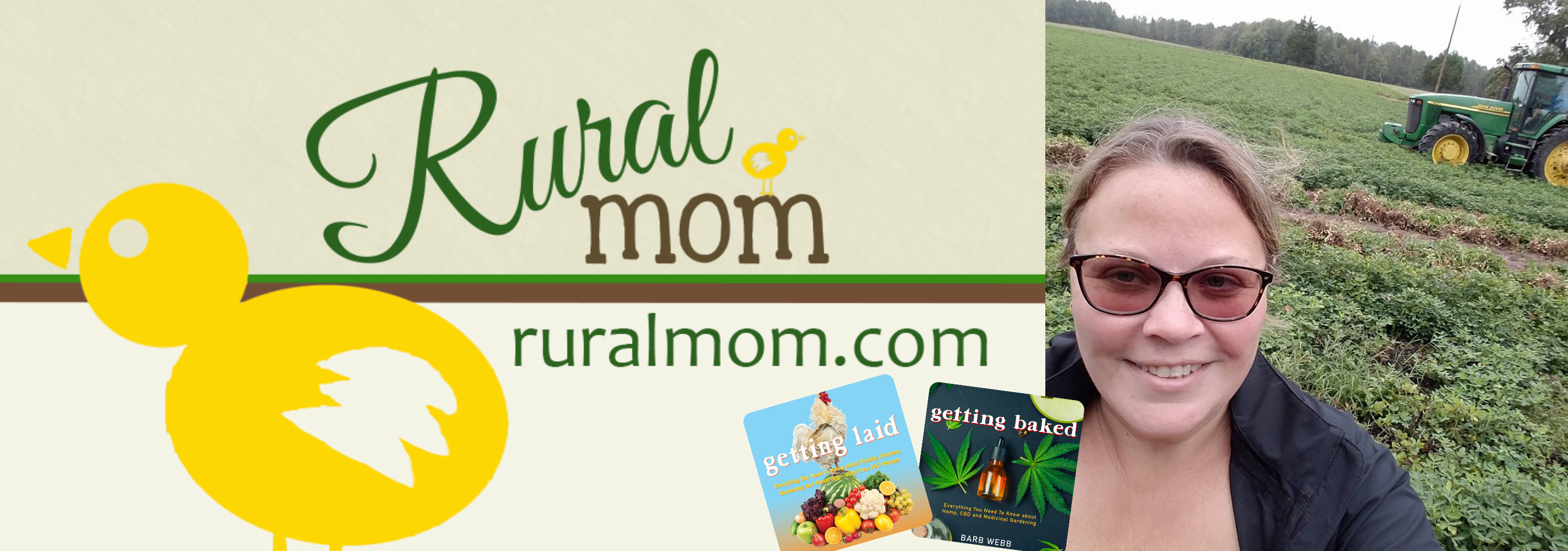Water is one of life’s essentials, and we often take it for granted that the water flowing from our faucets is clean and safe. But how often do we stop to consider what’s actually in our tap water? Understanding whether it’s truly safe involves examining potential contaminants, the processes used to treat water, and what steps you can take at home to ensure purity.
Understanding Potential Contaminants
Tap water travels a long way before it reaches your glass, and sometimes, it picks up unwanted substances along the route. Common contaminants can include metals like lead, bacteria that cause illness, chlorine used for disinfection, and pesticides that seep into water supplies from agricultural runoff.
Aging infrastructure, such as old lead piping, is a major culprit when it comes to contamination. This is especially true in older neighborhoods where pipe replacement has lagged. Agricultural chemicals and industrial waste also pose risks, making their way into rivers, lakes, and groundwater used as community water sources.
Health risks associated with these contaminants range from mild stomach issues to serious conditions like lead poisoning, which can affect brain development in children.
How Water Is Treated
To ensure water quality, most municipalities use water treatment plants that follow strict federal guidelines, such as those under the Safe Drinking Water Act. These plants use processes such as filtration to remove particles and chemical disinfection to kill harmful microorganisms.
However, even with these systems in place, no water treatment process is perfect. Trace amounts of contaminants can remain in the water you drink. For example, while chlorine is effective at killing bacteria, it can leave a byproduct that some studies suggest may be harmful over time. Additionally, some contaminants, like trace pharmaceuticals or microplastics, are not always caught in standard treatment.
Tips for Ensuring Water Safety at Home
While your local water provider works to deliver clean water, there are steps you can take to add an extra layer of protection.
1. Test Your Water with Home Testing Kits
Start with home testing kits, which are affordable and can help you identify common contaminants in your tap water. These kits provide clarity on what, if any, actions you need to take next.
2. Install A Water Softener System
The process of water softener installation can help eliminate excessive amounts of minerals like calcium and magnesium, which can cause hard water. Hard water is not necessarily harmful to your health, but it can affect the taste of your tap water and leave mineral buildup on dishes and appliances.
3. Consider A Whole-House Water Filtration System
A whole-house water filtration system can remove a wide range of contaminants, providing cleaner, safer drinking water for your entire household.
4. Stay Informed About Local Water Quality Issues
Staying informed is just as important. Most cities issue annual water quality reports, which detail any detected contaminants. Reviewing these reports can help you understand if there’s a bigger issue with your water supply. And if you’re still not confident about tap water, alternatives like bottled water or delivery services may be worth considering.
The safety of tap water varies depending on location, local infrastructure, and even your own household plumbing. By being proactive and informed, you can take simple steps to protect the health of yourself and your family.
Discover more from Rural Mom
Subscribe to get the latest posts sent to your email.




Pingback: It Might Be Your Dream Home, But Are You Prepared For These Realities Of Buying A Rural Property? Rural Mom